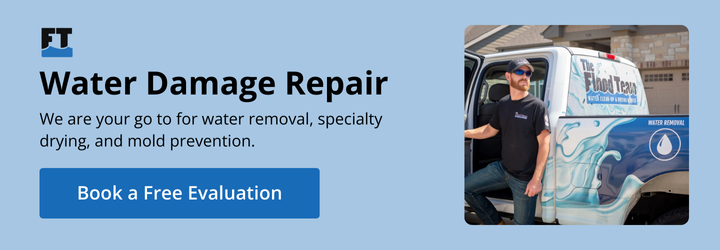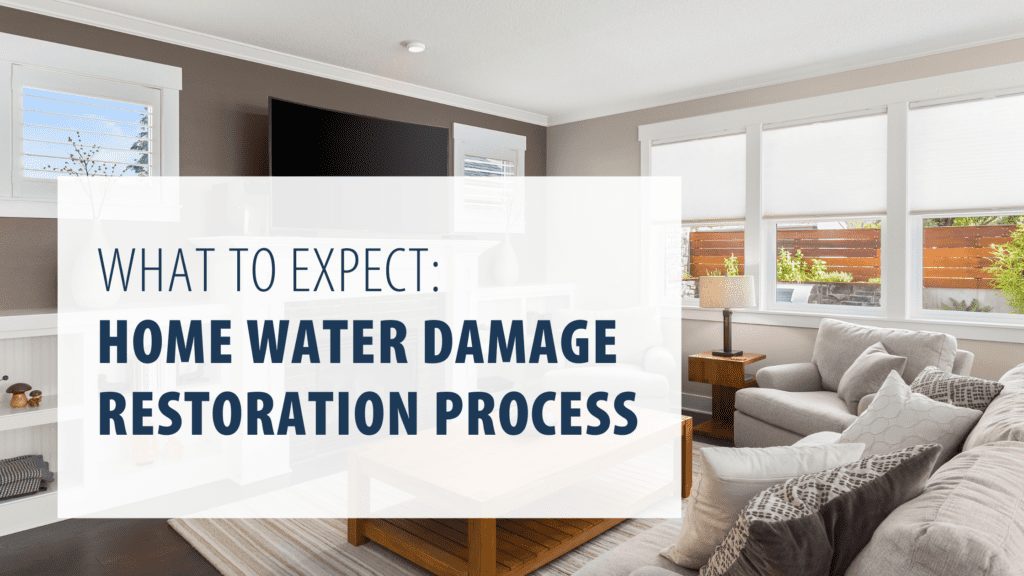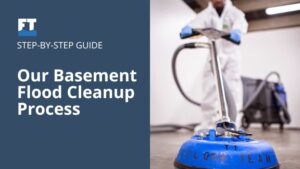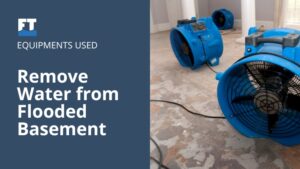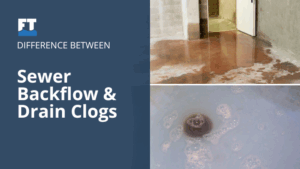Water can create quite the drama. That simple substance so critical to life can damage a home in a matter of minutes. Insurance companies nation-wide understand what water in the wrong place does to a home—1 in 50 insured clients file water damage claims every year!
When your home is faced with a water damage situation, what do you do? Once you’ve stopped the flow of water. Your next move is to call a water damage restoration company.
It’s critical to start home water damage restoration as quickly as possible.
To restore your home to what it was before the water damage, these pros bring the equipment, the expertise, and the compassion to take care of your home and you throughout the restoration process.
While no one can ever fully prepare for a flood or a burst pipe, if you read our short guide, you can prepare for the steps needed to restore your beautiful home.
Do Not Wait to Call for Help
While it’s often tempting to handle things on your own, waiting to put out an S.O.S when you have water flooding your home, isn’t a good idea.
You see, water and time aren’t great friends. Standing water makes an ideal environment for bacteria and mold development. Even if you stop the water source and mop up all visible water, you may have areas of saturation that you don’t see. Water wicks up walls and hides in cavities and areas that only a moisture meter would be able to detect.
Depending on conditions. It can only takes about to 72 hours for a colony of Mold to start growing after you experienced a water damage.
The faster you can get a restoration team on the job, the better. Waiting can result in permanent damage to your home and your health. A good water restoration company offers Free 24/7 response and quick assistance.
Step 1. Onsite Water Damage Evaluation
When you make the first contact to a restoration specialist, they should come out to your home and perform a water damage evaluation. A in home water damage evaluation is an inspection to get an accurate assessment of the extent of damage to your home.
You might think simply shutting off your main water source will stop the flood. While that’s often the case, sometimes locating the source of the water takes special equipment. An inspection can help locate the leak and get the source shut down immediately.
The inspection also finds hidden areas of water damage. In addition to your floors, water can also seep into ceilings and walls. Finding both visible and invisible damage helps your restoration company provide the most comprehensive restoration of your home.
Post-inspection your specialist will create a detailed plan to restore your home. All plans address water removal.
During post inspection this is where a water restoration specialist would also help acess insurance options help you determine if an insurance claim is necassary. Sometimes calling insurance to soon can be a mistake because you could tell the insurance the wrong information about exactly what has happened or caused the problem. A lot of people are denied coverage when in fact they had the coverage they insurance company is just getting an inaccurate description of what is happening. This is where a water damage specailist can really help.
Step 2. Remove that Water
How much water do you suppose the team will need to remove? Great question and the answer depends on what caused the flood. It’s possible after a flood event or plumbing leak to have a few hundred gallons of water inside your home.
Water restoration professionals use a range of tools designed to extract water. This could include submersible water pumps and heavy-duty industrial-style wet-dry vacs. Most teams also have access to a truck-mounted vacuum, which can extract an enormous amount of water at a rapid pace.
Whatever methods they use, the team knows they must remove the water before they move on to the next phase of the project—drying out and dehumidification.
Step 3. Drying and Dehumidification
Water extraction is so critical because removing the majority of the water reduces the time it takes to dry out your home.
Once the team removes the water, you’ll look at your home and feel like the weight of the world (or the water) is no longer sitting on your shoulders. Keep in mind, you may not see standing water any longer but there’s likely still moisture lurking in your floors and walls.
Touch the walls or the floor they may not look or feel damp but almost all building material can absorb and retain water. Drywall for example is a semi porous material it may not be as porous as carpet and pad so it could feel dry to the touch but without advanced moisture meters you would only be guessing. After all, they’re both porous.
If you live in an older home with plaster walls, not allowing them to dry out thoroughly may result in softening of the plaster, expansion of the lathe, and eventually cracking of the wall.
Your restoration team brings in moisture meters to map out where exactly all the water has hidden. The team will also bring in commercial grade low grain dehumidifiers and specialized air movers, which help remove the moisture left in the air after the water extraction process. They’ll also continue monitor this phase of the restoration project by using special moisture detectors.
Step 4. The Cleanup Process
Water doesn’t only wreak havoc with the floors, walls, and ceilings in a home.
Water saturates wood furniture and upholstery. Water also damages personal belongings like clothing, books, and artwork.
During the cleanup phase of a home water damage restoration project, your team works hard to determine what they can salvage and what they’ll need to discard. While they can restore many of your personal belongings, not everything is salvageable.
Once the team determines which items they can restore, they’ll use cleaning techniques, including antimicrobial treatments, designed to restore your belongings so that you can wear the clothes, read the books, and enjoy the precious artwork.
Step 5. The Final Stage of Restoration
Once your home is dried, cleaned, and sanitized, the team gets to work on making repairs to your home’s structure if needed.
They may replace drywall or, if you have extensive structural damage, they may completely rebuild one or more rooms. This is the time the team tackles repairs to your floors and lays your carpets. They’ll also paint.
Depending on the extent of damages, restoration may only take a few days, but it can also take weeks.
Need Help with Home Water Damage Restoration?
Now that you understand the restoration process, you can relax and prepare for your home to feel and look like home again! Working with a professional home water damage restoration team ensures your home and your personal property receive the proper attention so that you can get back to your normal routine as quickly as possible.
If you’re dealing with water damage, don’t wait another minute to call for help! Our team is waiting to come to your rescue. Contact us today!
